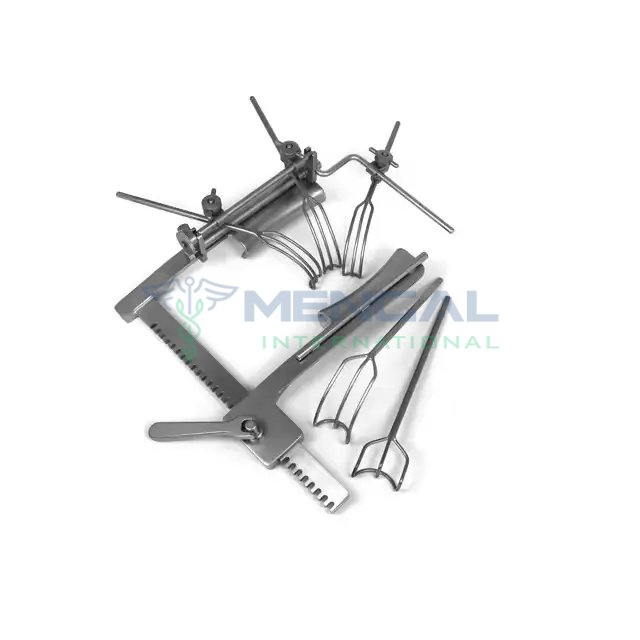A catheterization cannulation kit is a specialized set of medical instruments and supplies designed for the insertion of catheters or cannulas into various anatomical structures or vessels in the body. These kits are essential tools used in medical procedures across different disciplines, including urology, cardiology, vascular surgery, and critical care medicine. Here’s a detailed overview of what a typical catheterization cannulation kit includes, its components, uses, and importance:
Components of a Catheterization Cannulation Kit:
- Catheters or Cannulas:
- These are hollow tubes inserted into blood vessels, ducts, or body cavities to drain fluids, administer medications, or facilitate diagnostic procedures.
- Types include urinary catheters (Foley catheters), central venous catheters (CVC), arterial catheters, and various specialized cannulas for specific medical purposes.
- Guidewires:
- Thin, flexible wires used to guide the placement of catheters or cannulas into blood vessels or other body structures.
- Essential for navigating through vascular pathways and ensuring accurate placement.
- Introducer Needles:
- Large-bore needles used to puncture vessels or tissues to facilitate the insertion of guidewires and catheters.
- Typically used in procedures requiring access to central veins or arteries.
- Dilators:
- Graduated instruments used to expand or dilate the opening in vessels or tissues to accommodate the passage of larger catheters or cannulas.
- Ensures smooth and atraumatic insertion of medical devices.
- Syringes and Flush Solutions:
- Used for injecting contrast media, medications, or saline solutions through catheters or cannulas.
- Helps maintain patency and functionality of inserted devices.
- Scalpel and Suture Materials:
- Optional but may be included for surgical cut-down procedures where direct access to vessels is required.
- Used to create a small incision and subsequently close it with sutures after catheter or cannula insertion.
- Sterile Drapes and Gloves:
- Provide a sterile field around the insertion site to minimize the risk of infection during the procedure.
- Ensure aseptic technique is maintained throughout the catheterization process.
- Securing Devices:
- Tape, dressings, or securement devices used to stabilize and secure catheters or cannulas once they are in place.
- Prevents accidental dislodgement and maintains position for optimal function.
Uses and Importance of a Catheterization Cannulation Kit:
- Medical Procedures:
- Facilitates safe and efficient insertion of catheters or cannulas for diagnostic, therapeutic, or monitoring purposes.
- Common procedures include urinary catheterization, central venous access, arterial line placement, and drainage of body fluids.
- Emergency Situations:
- Essential in emergency departments and critical care settings for rapid access to veins or arteries in unstable patients requiring immediate interventions.
- Monitoring and Treatment:
- Allows continuous monitoring of hemodynamic parameters, administration of medications, and delivery of fluids or blood products.
- Diagnostic Imaging:
- Enables the injection of contrast agents during imaging studies such as angiography, CT scans, and fluoroscopy for detailed anatomical visualization.
- Long-term Care:
- Used in patients requiring long-term intravenous therapies, dialysis, or prolonged urinary drainage.
Considerations for Using a Catheterization Cannulation Kit:
- Training and Expertise: Proper training and competence in catheterization techniques are essential to minimize complications and ensure patient safety.
- Sterility: Adherence to strict aseptic technique to reduce the risk of infection and other procedural complications.
- Patient Comfort: Careful patient assessment and management of pain or discomfort associated with the procedure.
- Documentation: Accurate documentation of the procedure, including catheter type, size, insertion site, and any complications encountered.
In conclusion, a catheterization cannulation kit is a critical resource in modern medical practice, providing healthcare professionals with the necessary tools to perform safe and effective catheter or cannula insertions. These kits facilitate a wide range of diagnostic and therapeutic interventions across various medical specialties, contributing to improved patient care outcomes and management of complex medical conditions.










Reviews
There are no reviews yet.